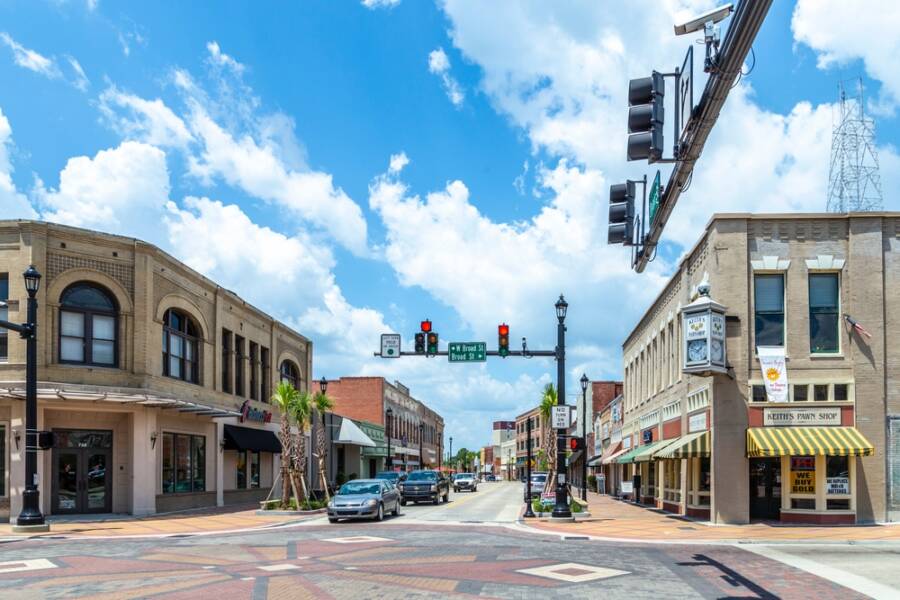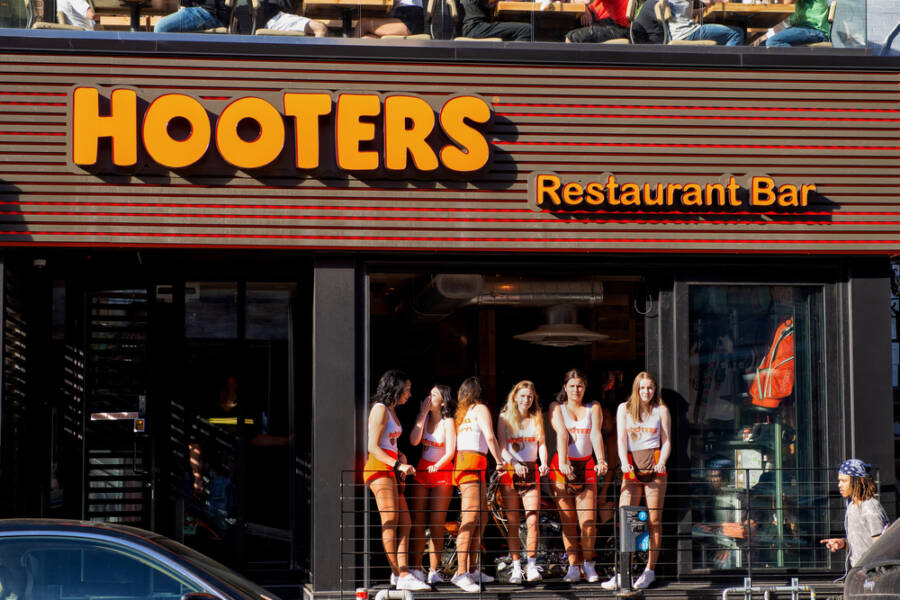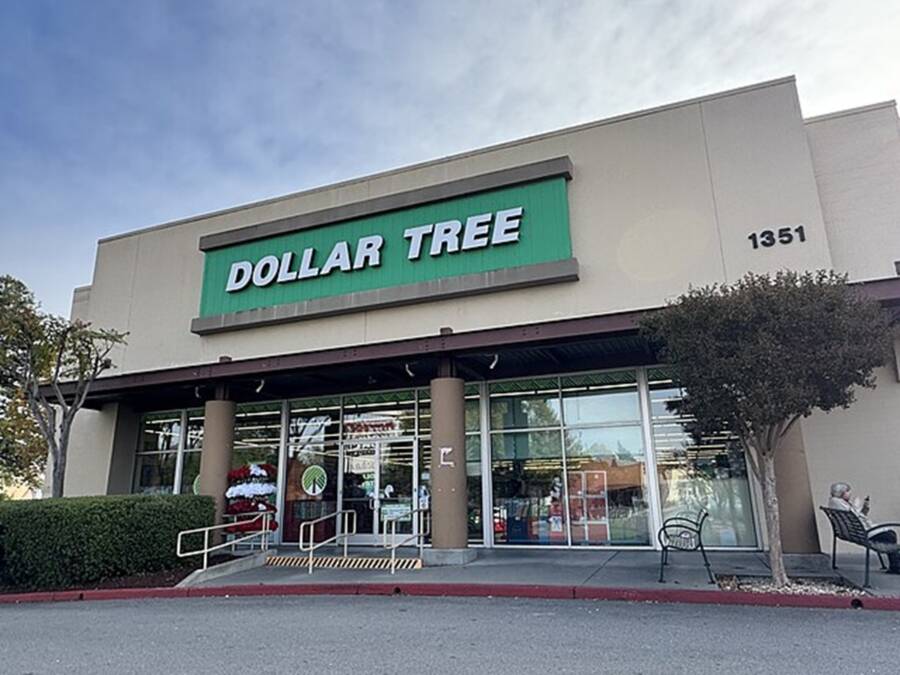When it comes to organizing a list of some of the cheapest places to live in the U.S., tailor-made for city dwellers, the best locations in which you can settle down are mainly south of the Mason-Dixon line.
Tennessee and Alabama are only a couple of the Southern states with multiple mentions on this list. However, if you are considering relocating to one of these places with the lowest cost of living, you need to remember to weigh all the pros and cons.
Cheap prices are of course, quite attractive, but the allure can easily fade, especially if the jobs are quite hard to come by, paychecks are small and the area has little to do. You can plan an extended visit to make sure that one of these cheap places fits your needs.
Naturally, the largest metro areas are New York and Los Angeles. They also come with better opportunities for higher-paying jobs. However, jobseekers shouldn’t restrict their options to the size of their paycheck, especially when they should decide on the next place to call “home.”

Lake Charles, Louisiana
Tucked away in steamy Southwest Louisiana, Lake Charles is deeply rooted in Creole and Cajun culture. An economy bolstered mainly by petrochemical refining, casinos, tourism, and higher education helps give the entire metro area an unemployment rate a tick lower than the national average.
However, the cost of living runs 13.1% lower than the national average. Even if this is quite typical for every city on this list, affordable housing still leads the way. Overall housing costs run somewhere at 33.6% less than what the average American pays.
That also includes everything from mortgages and rents to insurance and any other type of allied costs. Utilities, which also cost around a third less than the U.S. average, are yet another notable way that locals can save a couple of bucks on their bills.
Groceries, healthcare, and miscellaneous goods and services run 3% to 6% lower than the national average. Utilities also go at a whopping 30% below average, which helps offset transportation costs that are generally 4% higher than average.
Tourists flock to metro Lake Charles, also known as the Lake Area, because of its abundance of lakes, waterways, and casinos. However, the metro area has quite an improved academic life, because of the presence of McNeese State University and Sowela Technical Community College.
Great Falls, Montana
Great Falls straddles the whole Missouri River, and it is commonly known as the “Electric City”, thanks to its numerous dams and power plants. It is also often referred to as Montana’s basecamp because the city has a central location and it’s also the home to an international airport.
Nestled in between four mountain ranges, three rivers, and two wilderness areas with one wildlife refuge, adventure is quite accessible in every direction you’d look. Outdoor enthusiasts will easily find there’s an entire world to explore outside their front door.
Hiking, skiing, mountain biking, and kayaking adventures are only a couple of minutes away. Glacier National Park and Yellowstone National Park are only a couple of hours’ drive and they also make wonderful weekend getaways.
The tax picture for Montana is quite mixed. Only recently, the state repealed the exemption on qualified retirement income. But this year, taxpayers who are 65 and older have the option to subtract $5,500 of taxable income.
Montana doesn’t have any death taxes, and legislation passed last year provides some form of long-term property tax relief to homeowners in the state. Income tax rates in Montana aren’t as high as in other states, but we can’t really say they’re the lowest, either. That could potentially help offset the lower-than-average household income in Great Falls: income is $58,272, or 20.1% lower than the national average of $74,755.
Joplin, Missouri
Before, Joplin was best known as the place where Depression-era convicts Bonnie and Clyde hid out for a long time. Nowadays, Joplin is known for tornadoes, like the deadly storm that ruined 30% of the city back in 2011.
Somehow, we can say that the city and greater metro area have recovered from the costliest single tornado in modern U.S. history, and that’s because of its status as a regional medical center. Its two major hospitals serve no less than a four-state area that also includes Kansas, Oklahoma, and Arkansas.
In the meantime, other key employers also include General Mills, Schaeffler Group, and Leggett & Platt. Housing-related costs run about 33% below the national average, and they’re known to help secure Joplin’s place on the list of cheapest places to live for U.S. city dwellers.
Expenses for groceries and healthcare only cost 7% below average, and utilities are an outlier and run around 11% above the national average. From a tax perspective, Missouri is somehow seen as average, but the state lowered its top income tax rate to 4.8% from 4.95% for 2023. The state also repealed its income tax on Social Security retirement benefits, which is effective for the 2024 tax year.
Lafayette, Louisiana
Lafayette is Louisiana’s fourth-most populated city, situated along the Vermilion River. Initially established as Vermilionville in the 1820s, it was then renamed for Revolutionary War General Marquis de Lafayette back in 1884.
It was also primarily an agricultural community until the discovery of oil in that area back in the ’40s: ever since they discovered oil, Lafayette marks the highest number of workers in the oil and natural gas industry in the entire state.
Also known as the “Hub-City” of Acadiana, thanks to its proximity to major roadways heading north, south, east, and west, Lafayette has become a major center for health care and social services, aerospace, and banking.
Notable corporations with headquarters or even a large presence in the Lafayette area include Amazon, CGI, JPMorgan Chase, Ochsner Health System, but also Petroleum Helicopters International.
Wayne County, Pennsylvania
Wayne County sits in the northeast corner of Pennsylvania and is no less than 150 miles north of Philadelphia, 35 miles east of the Scranton/Wilkes-Barre corridor, and 100 miles west of New York City.
Wayne County is also located in the Pocono Mountains, and it’s close to the southeast border of Lake Wallenpaupack and Wallenpaupack Creek, and to the southwest by the Lehigh River. The main communities include Hawley, Waymart, and Honesdale, which is the county seat.
The county was made in 1798. It might ring a bell if you remember the TV commercials with cheesy heart-shaped Jacuzzis and musty wood-shingle ski chalets that defined the Poconos of the 1970s and 80s.
However, Honesdale is becoming some sort of “Zoom town” for remote working urbanites who are looking for a breath of fresh air and affordable real estate. The transition is quite similar to what has happened in Hudson Valley in the nearby Catskills.
The cost of living and housing are yet enticing more city dwellers from Philadelphia and New York. Overall expenses are 13.7% below the national average with housing costs 35% less than what’s seen as “the norm.”
Groceries and transportation costs offer little comparable savings, costing only 2% less. Pennsylvania also has a flat state income tax rate of 3.07%, but municipalities and school districts can easily impose taxes on wages and income.
The average effective property tax rate is 1.41% which is much higher than in many other states. Pennsylvania’s inheritance tax also ranges from 0% to 15%, but it depends on the age of the descent and the relationship of the party that inherits.
Topeka, Kansas
Situated somewhere along the Kansas River out on the prairie, Topeka is well-known for its dense suburban feel of single-family homes, plenty of parks, and amazing coffee shops. As the capital of Kansas, the city will always count on the state government as a source of stable employment.
The metro area efficiently supports jobs in many other industries as well, such as healthcare, retail, and manufacturing. The city is also home to Washburn University and the Topeka Symphony Orchestra, but there are still many less high-falutin attractions.
For instance, the 1989 opening of Heartland Park Topeka transformed the city into a huge host of motorsports. Topeka also cracks the top 20 cheapest places to live in the U.S. for city dwellers, and that’s mainly thanks to a cost of living that’s 15% lower than the national average.
Once again, housing costs lead the way when it comes to savings. Indeed, housing is much cheaper than the U.S. average by a whopping 26%. Transportation is discounted, especially compared to what the typical American shells out.
Knoxville, Tennessee
Thrifty types should definitely try checking out Knoxville and its vicinity because it’s hands down the only city in Tennessee to make the list for inexpensive living. The city earned a positive reputation for its across-the-board affordability for everything, including food and transportation.
However, the biggest savings come from the city’s low housing costs, which run over a quarter below the U.S. average. Indeed, the mean price of a Knoxville home is $114,700 lower than the national average.
Apartment rents are a third less expensive. Tennessee also comes in as the second most tax-friendly state to live out your retirement. It has no estate and inheritance tax. The Volunteer State also earned a spot on the list of states with the lowest property taxes. It’s worth considering Knoxville, as the original state capital before Nashville, a proper mix of city and country living.

Des Moines, Iowa
Des Moines really has it all: a robust and multifaceted economy, an impressively vibrant cultural scene, major universities, and more important than that, a low cost of living. On the economic front, Des Moines is best known as a major center of the insurance industry and other financial services.
Healthcare, manufacturing, and logistics are all key players that sustain the local labor market. Des Moines’ strong economy helps keep both the unemployment and poverty rates quite below state and national averages.
The city also benefits a lot from a comparatively large student population, driven by Drake University, Grand View University, and Mercy College of Health Sciences. However, at the other end of the age spectrum, Des Moines is well-known for being very attractive to retirees. The city boasts many healthcare facilities that are specialized in aging-related services. Healthcare costs are also 10.8% less than the national average.
Springfield, Missouri
Springfield, Missouri, is right in the heart of the Ozarks and is well-known as the birthplace of Route 66. The city has been called many times the “Buckle of the Bible Belt”, because of its association with evangelical Christianity.
Missouri was also named “Best Trails State” by American Trails. That’s even more applicable in Springfield and the surrounding area. Whether you’re biking or even hiking, the Ozark Greenways in Springfield has a wide variety of trails with tons of breathtaking scenery. The 140-mile system also has many multi-use trails that comprise a network of connected streams, parks, businesses, and even neighborhoods.
Tulsa, Oklahoma
Tulsa is right on the Arkansas River, between the Osage Hills and the foothills of the Ozark Mountains in northeast Oklahoma. It’s also the second-most-popular city in the state and is seen as one of the main cultural and artistic centers in Oklahoma.
A robust energy sector that was once known as the “Oil Capital of the World,” fueled what we now know as Tulsa’s flourishing economy. But nowadays, the city tries to diversify to include finance, aviation, telecommunications, and technology.
In the early 20th century, Tulsa was home to “Black Wall Street,” one of the most prosperous black communities in the United States at the time. Back in 1921, it was the site of the Tulsa Race Massacre which lasted around 16 hours and ended because the National Guard was dispatched by the governor.
Anniston, Alabama
Anniston is about an hour’s drive east of Birmingham, located in the Anniston metro area. The city’s proximity to the Mountain Longleaf National Wildlife Refuge makes it a wonderful place for hikers, mountain bikers, and other outdoorsy types.
The city also has plenty of quirks. It’s the home of the world’s largest office chair, a 33-foot-tall seat that was recognized by Guinness World Records. Major employers also include the Anniston Army Depot and Alabama Regional Medical Center.
Anniston’s low cost of living places it among the 25 cheapest places to live, but it also comes alongside a median income that’s one-third lower than the national median. With that being said, household incomes and home values are much higher in other parts of Calhoun County, where Anniston is the county seat.
McAllen, Texas
McAllen is probably one of the cheapest places to reside in the United States, but it also comes at a price. The poverty rate in the McAllen-Edinburg-Mission metro area is 27.6%. That’s pretty much double the Texas rate of 14% and more than twice the U.S. rate of 11.5%.
But luckily, McAllen is quite famous for bird watching, thanks to its location on a huge migration route. The Quinta Mazatlan, a luxury birdhouse with over 15 acres of birding habitat, is not to be missed.
The city also has the great International Museum of Art & Science, which has a very specific focus on Latin American art. Moreover, McAllen is one of the cheapest places to live in the U.S., especially for city dwellers. Housing costs are 39.5% lower than the national average, healthcare expenses are 21% cheaper, and grocery items are somewhere around 6% less than what the average American would pay.
Waterloo/Cedar Falls, Iowa
The Waterloo/Cedar Falls, Iowa, metro area is a manufacturing and agricultural center. As entertainment and nightlife options are quite minimal, outdoor and cultural activities abound. If you’re one of those sportier types, you might want to take advantage of the many waterfront parks and a 67-mile bike trail running all the way to Cedar Rapids.
And if you want to enjoy a lazier afternoon, residents could easily enjoy the 40-acre Cedar Valley Arboretum & Botanic Gardens. The area also has two noted science museums and the highly regarded Waterloo Center for the Arts.
As for higher education, Cedar Falls is the home of the University of Northern Iowa, which is also where the NFL Hall of Fame quarterback Kurt Warner played throughout his college days. Major employers in the area include agricultural machinery manufacturer Deere and Tyson Foods, which helps keep the unemployment rate under wraps.
Florence, Alabama
Florence and the Florence-Muscle Shoals metro area sits in the northwest corner of Alabama on the Tennessee River. It’s around a two-hour drive from Birmingham. Besides its incredibly low cost of living, Florence, and its surrounding area known by locals as The Shoals, boast a wide number of attractions and quite a rich history of music.
Florence native W.C. Handy’s legacy as the “Father of Blues” is widely celebrated with an annual summer festival.
If you found this article useful, we also recommend checking: 19 Financial Secrets Advisors Keep to Themselves














